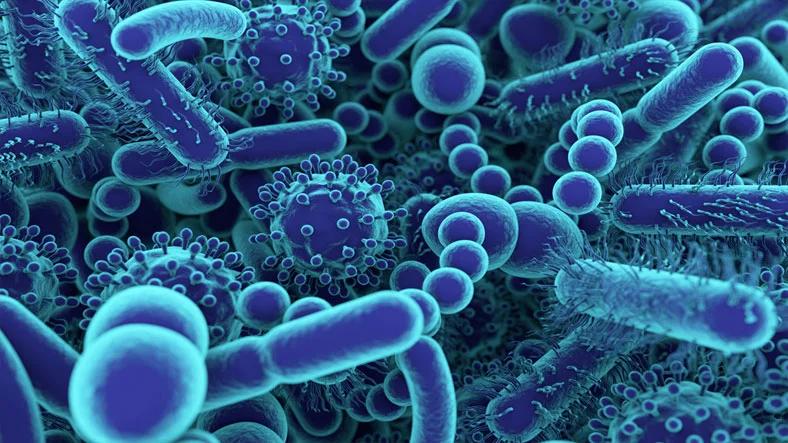KEY TAKEAWAYS
- The phase I/II trial aimed to examine the efficacy of post-haplo HCT PTCy in preventing aGVHD, hastening engraftment, and reducing infection across various HCT platforms.
- The results showed that intermediate-dose PTCy led to reduced GVHD rates, faster engraftment, and promising 1-year outcomes in high-risk cohorts.
High-dose post-transplantation cyclophosphamide (PTCy) is the standard prophylaxis for graft-versus-host disease (GVHD) in HLA-mismatched related (haplo) and HLA-mismatched unrelated (MMUD) donor hematopoietic cell transplantation (HCT). However, the optimal PTCy dose remains undefined. The murine HCT models suggest intermediate-dose PTCy may offer improved acute GVHD (aGVHD) protection.
Shannon R. McCurdy and his team spearheaded the study that aimed to explore if 25 mg/kg/day PTCy post-haplo HCT with MAC prevents aGVHD, accelerates engraftment, and reduces infection, applicable to diverse HCT platforms.
This phase I/II multicenter trial, approved by the institutional review board, is recruiting at NIH and the University of Pennsylvania. Eligible patients are either ≥60 years old or <60 with MAC-incompatible comorbidities. They receive fludarabine, Cy, and total body irradiation, followed by haplo (n=17) or MMUD (n=7) bone marrow graft. GVHD prophylaxis comprises intermediate-dose PTCy (25mg/kg on days +3/+4), mycophenolate mofetil (days +5-35), and sirolimus (days +5-60).
The phase I has concluded for both cohorts, and phase II enrollment is ongoing. Of the planned 40 patients, 24 have been transplanted with a median follow-up of 265 days (range: 45-712). Median age: 60 years (range: 20-78). Acute leukemia diagnosis in 79%, with 40% having minimal residual disease at HCT. Disease-risk index: intermediate, high, or very-high in 96%. HCT-CI scores ≥3 in 75%.
The median neutrophil and platelet engraftment was 15 days (range: 11-25) and 23.5 days (range: 10-48). At 200 days, cumulative incidences (CuI) of grade II-IV and III-IV aGVHD were 25.3% (95% CI: 9.9-44.1%) and 4.2% (95% CI: 0.3-18.0%). 1-year CuI of chronic GVHD and chronic GVHD requiring systemic immunosuppression: 10.6% (95% CI: 1.6-29.5%) and 4.9% (95% CI: 0.3-20.8%). One-year CuI of relapse and nonrelapse mortality: 4.8% (95% CI: 0.3-20.5%) and 19.5% (95% CI: 5.5-39.6%). 1-year estimates for overall survival (OS), disease-free survival (DFS), and GVHD-free, relapse-free survival (GRFS): 80.6% (95% CI: 55.5-92.4%), 75.7% (95% CI: 50.4-89.3%), and 67.8% (95% CI: 40.7-84.5%).
The study concluded that the use of intermediate-dose PTCy is linked with reduced GVHD rates and expedited engraftment compared to standard-dose PTCy. The notably low relapse rate may stem from the lower PTCy dosage and/or the brief sirolimus duration post-HCT. Encouraging 1-year OS, DFS, and GVHD-free, RFS rates among this high-risk cohort, including a significant proportion of septuagenarians, advocate for continued exploration of this approach.
The study was sponsored by National Cancer Institute (NCI)
Source: https://tandem.confex.com/tandem/2024/meetingapp.cgi/Paper/23968
Clinical Trial: https://clinicaltrials.gov/study/NCT04959175
McCurdy SR, Hyder MA, Sabina R, et al. “Interim Results of a Phase I/II Trial of Intermediate-Dose Post-Transplantation Cyclophosphamide after Reduced Intensity Conditioned HLA-Mismatched Bone Marrow Transplantation for Older or Unfit Patients.” Presented at TCT-ASTCT-CIBMTR 2024 (February 21-24, 2024) | Henry B. González Convention Center, San Antonio, Texas. (03).



